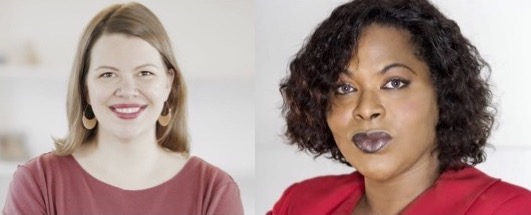Powerful winds and historic amounts of rainfall caused by Hurricane Ida pummeled New York York City Wednesday night, with the Central Park area experiencing a record-breaking 3.15 inches of rain in just one hour.
Flash floods forced the five boroughs to a standstill as water gushed into subway stations—canceling almost all service—and burst through the doors of some businesses and Brooklyn and Queens apartments. The New York City Police Department reported Thursday that at least 13 people have died most of whom were found in Brooklyn and Queens homes.
The flooding triggered by Ida are some of the impacts scientists have warned for years would occur as the result of climate change.
But while the storm was drenching the five boroughs, a few New York City elected officials took to social media to spread videos of the flash floods’ cataclysmic impact and how the city is not prepared for the effects of climate change.
“Climate change is here, and we are not ready,” said Manhattan City Council Member Mark Levine in a tweet accompanied by video of rainwater gushing into the 28th Street station in Chelsea on Wednesday night.
Brooklyn City Councilman Justin Brannan took the “philosophical” route, of sorts, charging that the storm was a reminder of the grim reality crisis affecting every New Yorker.
“I get it. Nobody wants to get philosophical when their basement is flooded or the subway is shut down or the corner bodega is about to float away,” he tweeted, “but climate change is real and it’s here, and if we don’t invest in our ancient & crumbling infrastructure, this will be the new norm.”
Bronx/Queens Congresswoman Alexandria Ocasio-Cortez, a long-time proponent of green infrastructure and redevelopment across the city, took a shot at the naysayers who want to kick the climate change can down the road.
“Experiencing all this flooding in NYC right now and thinking about all the politicians who told me that pursuing a Green New Deal to adapt our nat’l infrastructure to climate change is ‘unrealistic’ & ‘too expensive,’” Ocasio-Cortez said. “As if doing too little is the responsible thing to do?”
Similar themes were repeated Thursday morning at a press conference in Queens in which various elected officials — including Governor Kathy Hochul, Mayor Bill de Blasio, Queens Borough President Donovan Richards and Senate Majority Leader Chuck Schumer — all spoke of the urgent need to reinvest in infrastructure and “build back better.”
They specifically pointed to the trillion-dollar infrastructure bill and the $3.5 trillion proposed budget, both of which are before the Senate, as urgent needs to upgrade New York’s resiliency in the face of future, more severe weather events.
Other members of the New York City Council on Thursday echoed earlier calls to address climate change and for rapid investments in resiliency including Manhattan Councilmembers Ben Kallos and Carlina Rivera.
“Climate change is not merely a problem for the future — it’s here now. We must redouble our efforts toward resiliency in order to address the real and prescient threats of the climate crisis in New York City,” said Rivera. “How we do that is multifold: we need to invest in Local Law 97, pass critical climate resiliency legislation such as Intro 2317, and develop solutions to current weaknesses in our weather emergency response.”
No doubt, the city will need to do something to boost infrastructure if it regularly gets summer deluges like Ida’s remnants — which dumped 7.38 inches of rain in the city, according to the National Weather Service.
This story appears courtesy of our sister publication amNewYork.





















